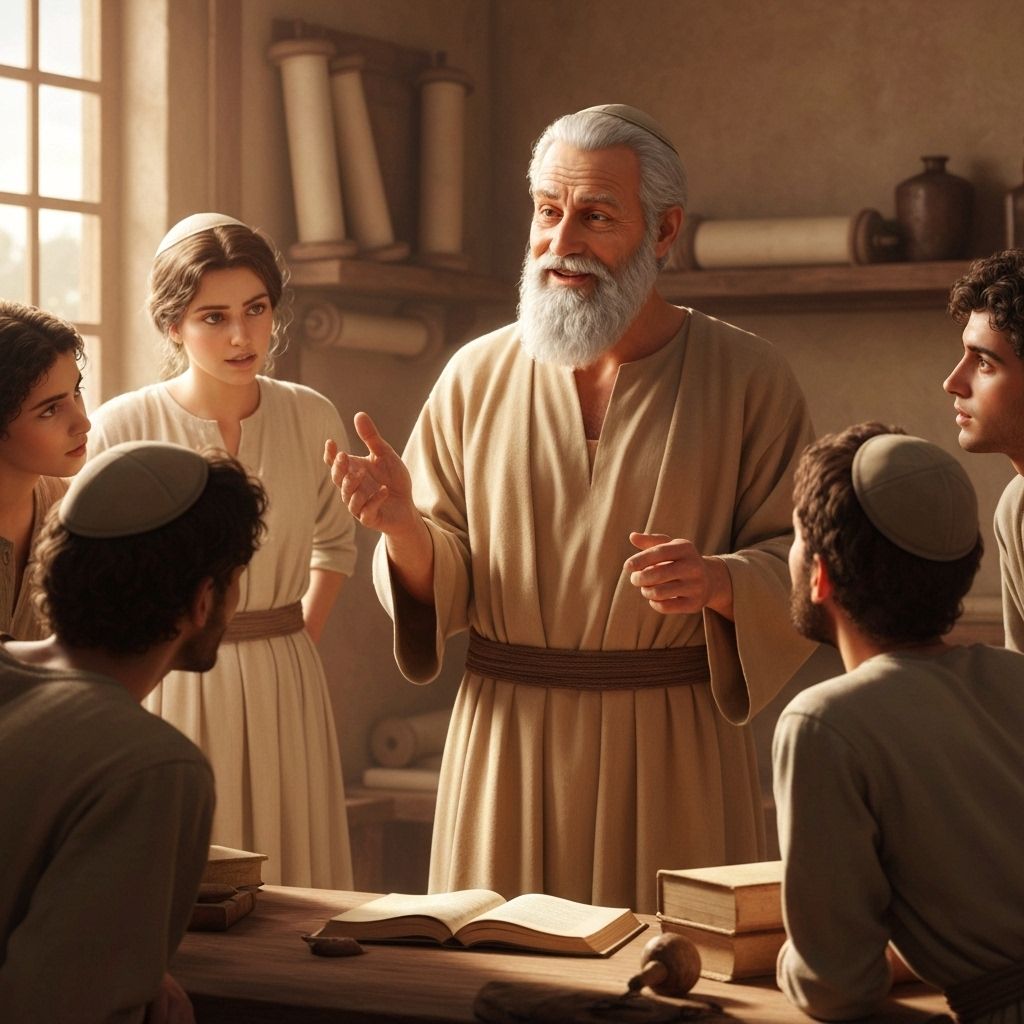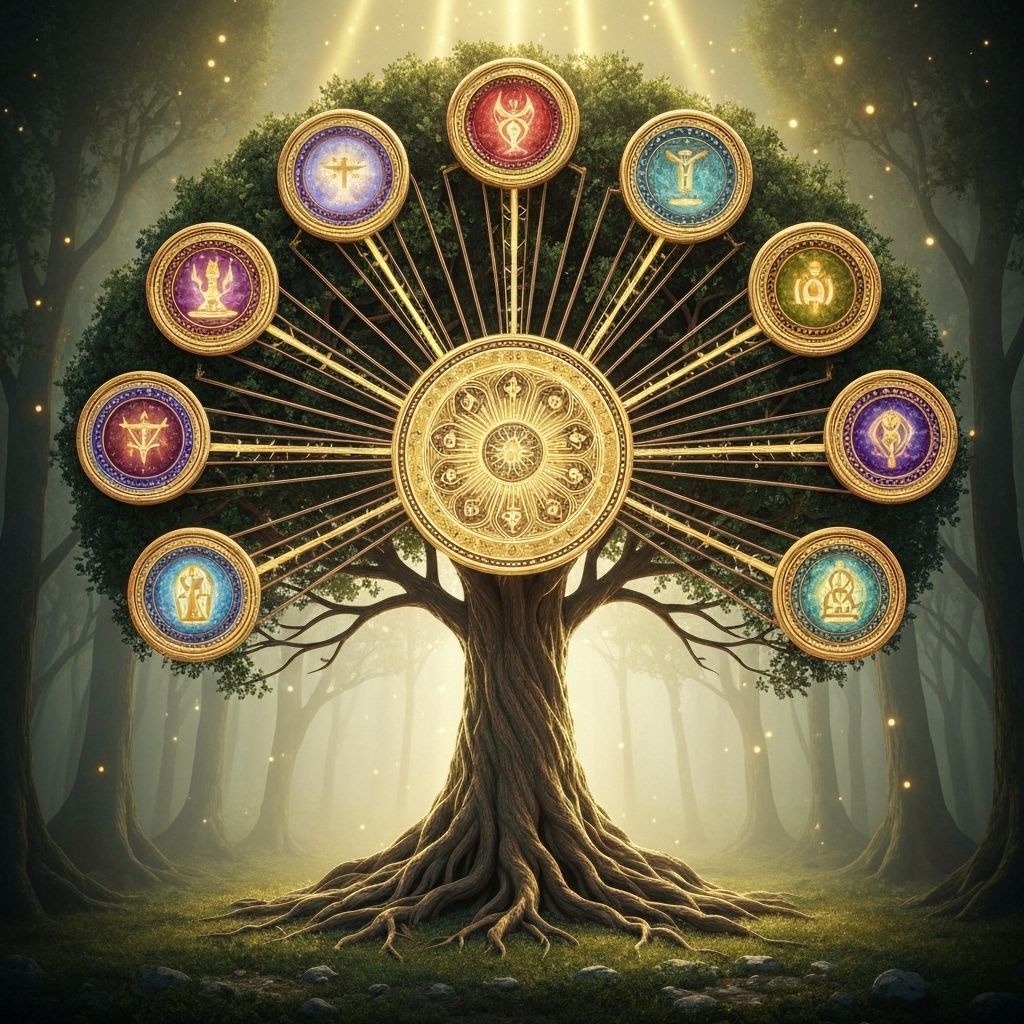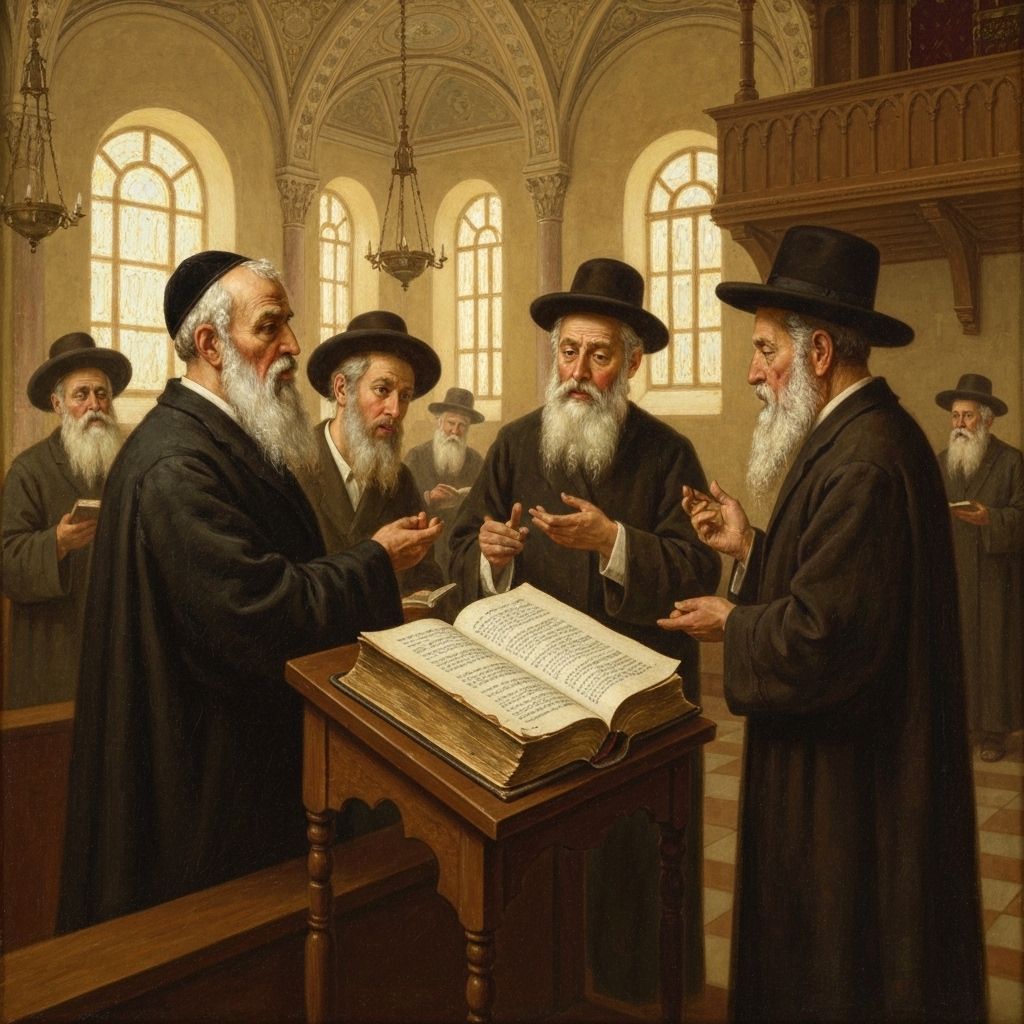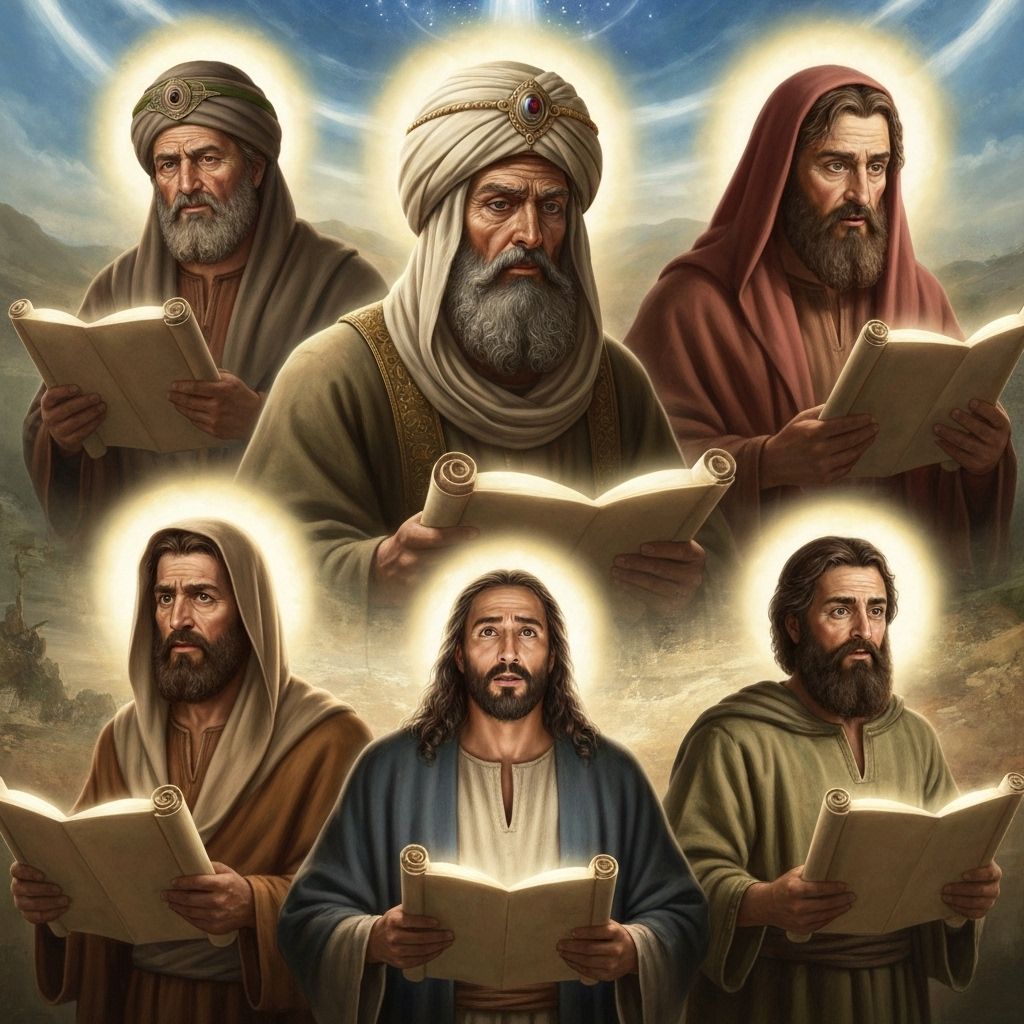3-Minute Summary
The Words of the Torah Explained with Help from Rashi and Ramban
Rashi (1040-1105) was a medieval French rabbi whose commentary on the Torah and Talmud is considered essential reading. His explanations focus on the plain meaning of the text and are known for their clarity and accessibility.
Ramban (1194-1270) was a Spanish rabbi, physician, and philosopher who provided deeper mystical and philosophical insights into the Torah, often building upon Rashi's work while adding his own profound interpretations.
Parsha Masei, the final portion of the Book of Numbers, begins with a detailed account of the 42 journeys (masei) that the Israelites made during their 40 years in the desert. This comprehensive list serves as both a historical record and a reminder that even the difficult periods of wandering had divine purpose and direction.
The parsha establishes the laws of cities of refuge (arei miklat), where someone who commits accidental manslaughter can flee for protection from blood revenge. These cities, strategically located throughout Israel, ensure that justice is tempered with mercy and that accidental harm doesn't lead to endless cycles of vengeance.
God then defines the precise boundaries of the Land of Israel, from the southern border at the Red Sea to the northern border at the entrance to Hamath. This detailed description emphasizes that the land belongs to God and is given as an inheritance to the Israelites.
The parsha concludes the desert narrative, preparing the Israelites for entry into Canaan and establishing principles of justice and territorial definition that will govern their new society.








